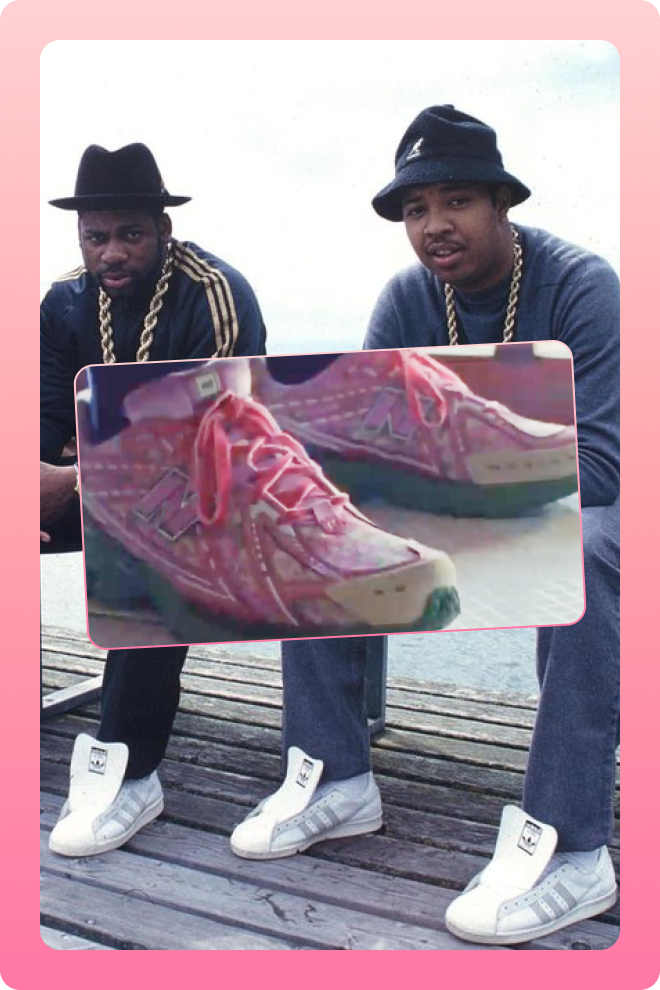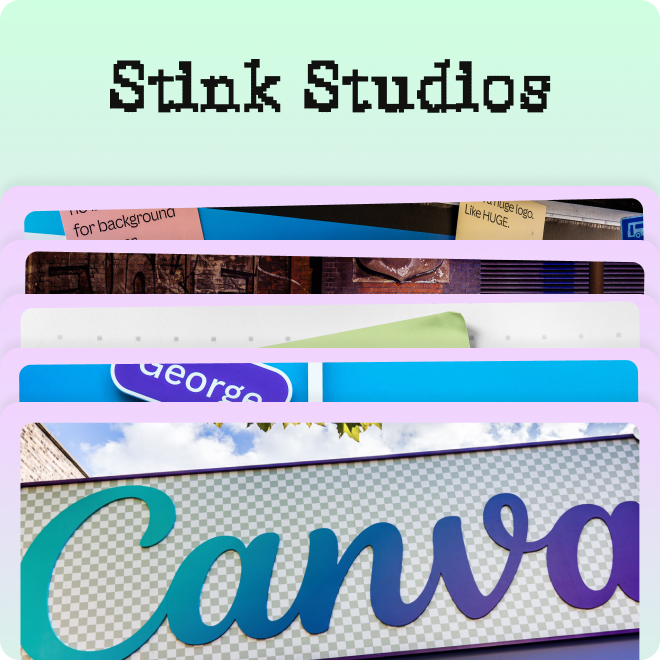- Create experimental sandboxes to test brand innovations without risk
- Use adaptive touchpoints that connect with evolving cultural moments
- Develop flexible visual systems that maintain core brand values
- Think ecosystem-wide, not just isolated campaign tactics
- Balance consistency with adaptability for today's complex consumers
Key Takeaway: The brands that succeed tomorrow will build adaptable touchpoints that plug into cultural shifts while maintaining core values.
The world moves fast. Technology is advancing at breakneck speed, cultural shifts and consumer demands are more nuanced than ever, and AI has reached a point that it’s reducing research and development 1 time-to-market by 50%.
As this happens, brands are faced with a pressing question: How can they keep up when industries around them move so fast?
Enter plug-and-play, a new approach to branding where touchpoints are being created that can be “plugged” into an evolving cultural moment, trend, or technology without the need for heavy rewiring.
1In their 2025 AI Business Predicitons report, PWC said: "based on our analysis of technology and industry trends, we’re confident that adopting AI in R&D can reduce time-to-market 50%."
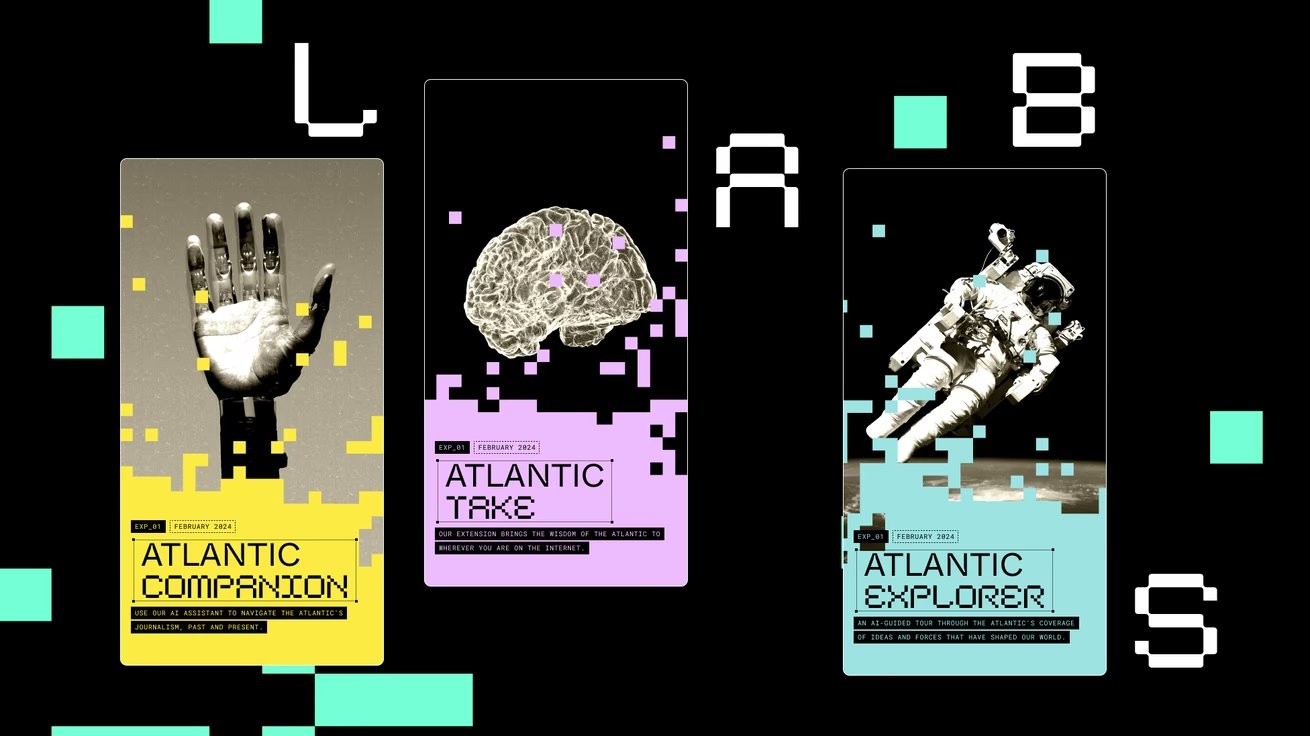
2Atlantic Labs is described in a press release as a space the product team can use "to incubate ideas, many using AI, to understand how The Atlantic can benefit from emerging technologies."
In October 2024, The Atlantic unveiled Atlantic Labs 2, an “open to anyone” research and development site for the media group’s product and technology team to incubate ideas, experiment, and safely determine how the publication can harness emerging technologies.
As a statement from the publication says, “in working with emerging technology, things will occasionally glitch or break–and, in the process, teach us something new.
“Labs was developed as a stand-alone site so that it can be an experimental sandbox – a place to incubate ideas without directly affecting the places where people normally read and listen to The Atlantic.”
Launched with a chatbot, Chrome extension, and guided journeys, they’re all touchpoints that seamlessly plug into wider cultural conversations, flexible enough to invite results that are open to interpretation.
Earlier this year, language-learning app Duolingo took a different but still impactful approach, sharing an announcement that its mascot Duo 3 was killed by a cybertruck before being brought back to life after “a global effort to revive him.”
While a bold and outlandish way to drum up attention, using its mascot to plug into wider cultural conversations, it prompted impressive media coverage and the highest number of worldwide downloads of Duolingo so far this year.
By doing what we already analysed with fluid logos — challenging a move toward simplified assets for something that’s flexible and open to respond to surrounding environments — brands are finding ways to effortlessly reposition their offering while keeping its core value consistent.
The plug-and-play approach is also an excellent way to appeal to consumers that are, like the world around them, complex and nuanced.
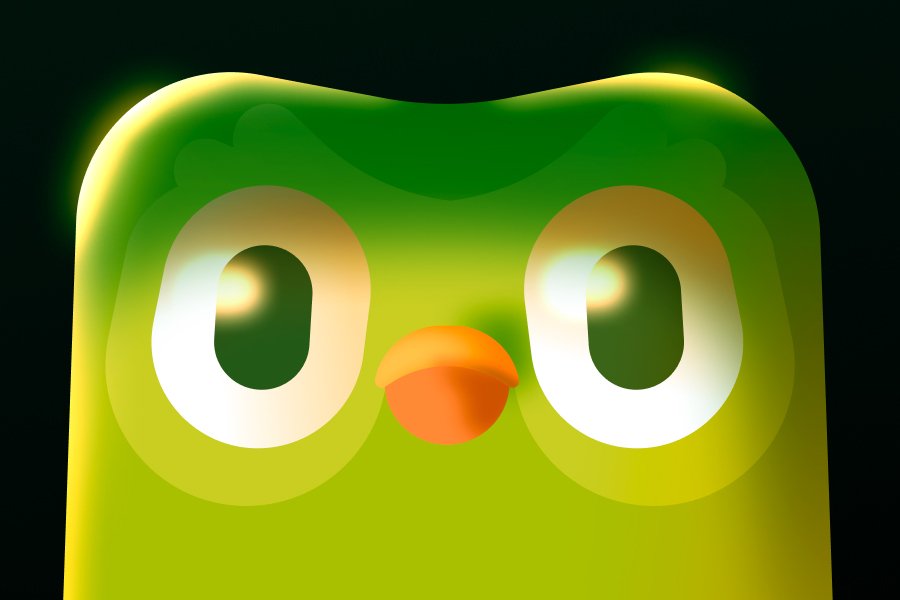
3After Duo's untimely demise, Duolingo launched the Duo or Die campaign, urging users to complete a lesson in the app in order to revive the beloved owl.

4According to Emeka Ofodile, Apple’s global head of sports marketing, the concept felt like "the perfect way to commemorate the 30th season milestone."
Earlier this year, Apple continued the fluid logo trend by celebrating the 2025 MLS season with a different version of its logo for each of the 30 clubs 4.
French railway company SNCF Voyageurs debuted 25 different logos 5 in a bid to capture and represent the diverse personalities of its customers.
It’s important to note here that the plug-and-play approach is more than launching a new campaign or reworking an “About Us” page.
This is a shift in thinking, a move in mindset, and a fearless effort to develop an entire ecosystem that’s flexible enough to not just keep pace with the fast-moving world around it, but plug into the future.
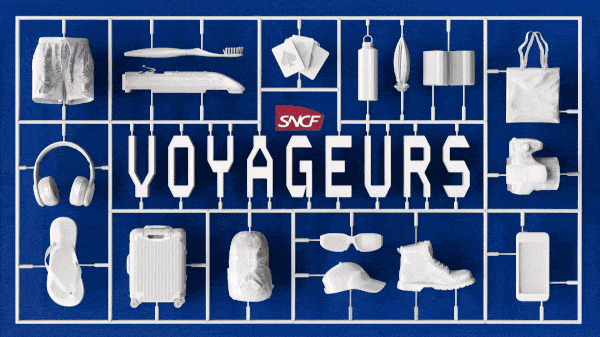
5SNCF Voyageurs used a range of mediums to celebrate the personalities of their passengers, from illustrations and 3D renders to typography and photography.



